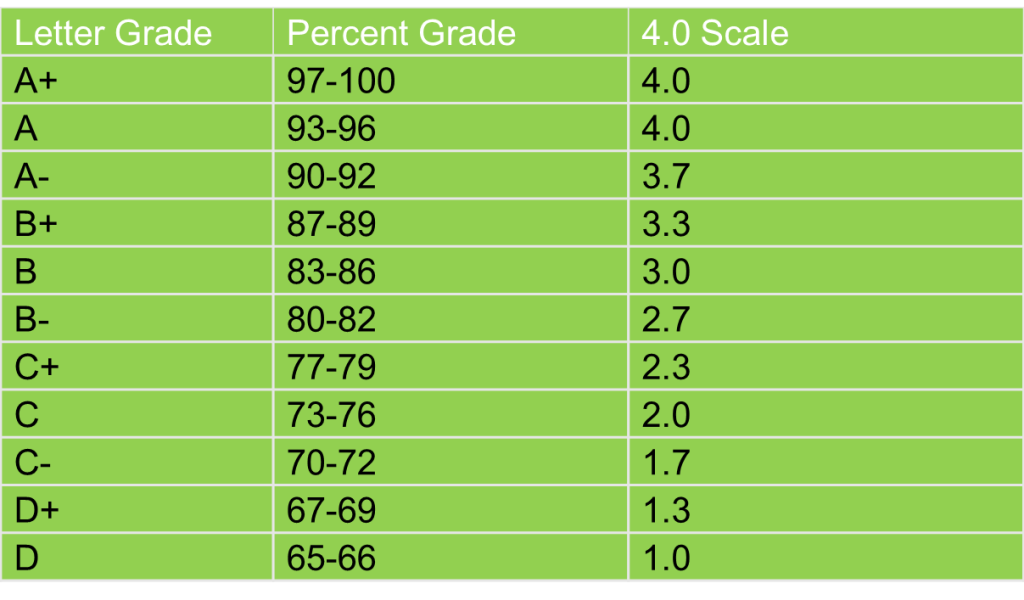Introduction
The Indian education system is vast and diverse, catering to millions of students across the country. Private institutions play a pivotal role in shaping this system. Their in India cannot be overstated, as they contribute significantly to the overall development of education.
Growth of Private Institutions in India

Over the past few decades, private institutions have proliferated across India. According to the Unified District Information System for Education (UDISE) report 2020-21, there are over 400,000 private schools in India, enrolling nearly 47% of the total school-going children. This surge is indicative of the growing preference for private education among Indian parents.
Quality of Education
Private Schools and colleges are often perceived to offer better quality education compared to their public counterparts. They typically have better infrastructure, smaller class sizes, and more qualified teachers. The Annual Status of Education Report (ASER) 2021 indicates that students in private schools perform better at reading and arithmetic than those in government schools.
| Metric | Private Schools | Government Schools |
|---|---|---|
| Reading (Class 5) | 73% | 57% |
| Arithmetic (Class 5) | 70% | 55% |
| Infrastructure Rating | 8/10 | 5/10 |
Accessibility and Inclusivity

Private institutions offer a wide range of educational opportunities, from primary to higher education. They are more flexible in their curriculum and often incorporate modern teaching methods and technologies. This flexibility makes private institutions a popular choice among parents seeking holistic development for their children.
However, the high fees of private institutions can be a barrier for lower-income families. To mitigate this, some private institutions offer scholarships and financial aid programs, increasing accessibility for deserving students.
Contribution to Higher Education
Private institutions also play a crucial role in higher education in India. The All India Survey on Higher Education (AISHE) 2019-20 reported that private institutions account for 78.6% of the total higher education institutions in India. They offer diverse programs in arts, science, engineering, and management, catering to the needs of a growing and diverse student population.
| Year | Government/DoE | Private/Unaided |
|---|---|---|
| 2017-2018 | 70.21 | 29.44 |
| 2018-2019 | 69.87 | 30.1 |
| 2019-2020 | 68.49 | 32.69 |
| 2020-2021 | 68.39 | 33.26 |
| 2021-2022 | 68.66 | 32.85 |
Innovation and Research
Private institutions are at the forefront of educational innovation in India. They often have better funding for research and development compared to public institutions. This allows them to invest in cutting-edge technology and innovative teaching methods. Private universities like Manipal Academy of Higher Education and Amity University are known for their research contributions and collaborations with international institutions.
Employment and Economic Impact
Private institutions are significant employers in the education sector. They provide jobs to millions of teachers, administrative staff, and support personnel. According to the Ministry of Human Resource Development (MHRD), private educational schools and colleges employ over 8 million people, contributing to the country’s economic growth. Additionally, these institutions attract foreign students, boosting India’s education export sector. The presence of international students contributes to cultural exchange and global exposure for Indian students.
Challenges and Criticisms
Despite their contributions, private institutions face several challenges. The high cost of education in private schools can lead to economic disparity. There are also concerns about the commercialization of education, where profit motives may overshadow educational objectives.
Regulatory oversight is another critical issue. Ensuring that these institutes maintain high standards without exploiting students and parents is a delicate balance that regulatory bodies need to maintain.
Government Initiatives and Future Outlook
The Indian government recognizes the importance of private institutions in education and has introduced several policies to regulate and support them. The New Education Policy (NEP) 2020 aims to overhaul the education system, encouraging private schools and colleges to innovate while ensuring accessibility and affordability.
Future Prospects
The future of private institutions in India looks promising. With the government’s focus on public-private partnerships, the integration of technology in education, and a growing middle class, private institutes are poised to continue their significant role in shaping India’s educational landscape.
Conclusion
The role of private education in India is integral to the country’s education system. They offer quality education, drive innovation, and contribute to economic growth. While challenges remain, the collaborative efforts of the government and private sector can ensure that these institutes continue to thrive and provide valuable educational opportunities for all segments of society.

